
A spokesperson for the country's water industry said: "We will not have water rationing next year because this will harm the welfare of our compatriots and water facilities, but we will implement strict consumption management."
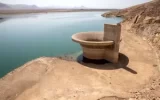
The spokesperson for the country's water industry reported a 41 percent decrease in rainfall compared to the long-term average and a sharp drop in dam reserves in some areas, and warned of a water crisis in provinces with low rainfall.
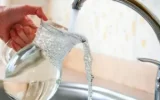
The CEO of Tehran Province's Water and Wastewater Company called on citizens to reduce their consumption by 20%, given the 45% decrease in rainfall.

The Minister of Energy said that even though we are in the final months of the year, this year's budget for the water sector, which was approved last year, has not yet reached us and we have received less than half of it.
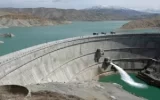
The spokesperson for the country's water industry said: The level of filling the country's dam reservoirs is estimated at around 43%. The current volume of filling the country's dams is almost similar to previous years on this date, but it is about eight percent lower than the long-term average.
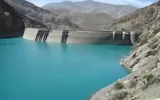
Emphasizing that water is a cross-sectoral issue, the water industry spokesperson said: "The Ministry of Energy alone cannot solve its problems, and other agencies must solve water problems by improving the development model."
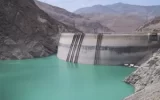
According to a report by the Iranian Water Resources Management Company, the inflow of the country's dams in the current water year is 2.76 billion cubic meters, which represents a 12 percent decrease compared to the inflow of 3.14 billion cubic meters last year.
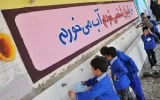
The spokesman of the 2025 Budget Consolidation Commission said: According to the approval of this commission, the cost of water, electricity and gas for all educational and training units up to the limit of the consumption pattern for the next year was free.
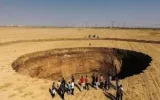
The spokesperson of the water industry emphasized the importance of reducing the extraction of underground water resources and said: 422 plains of the country are currently on the prohibited and prohibited critical list due to excessive extraction, and 359 plains are facing the risk of subsidence.

The 6% increase in the water input to the country's dams and the 6% increase in the water output from the dams compared to the water year 2022-2023 and the end of the water year 2023-2024 with a 12% increase in the reserves of the dams compared to the same time last year are important indicators of the water year that has ended.










